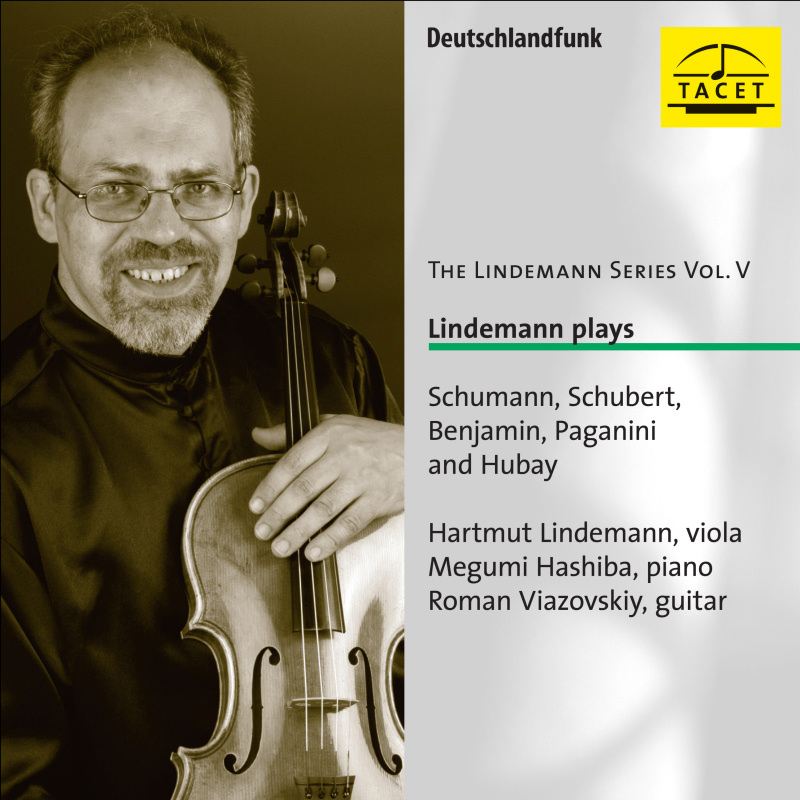Logowanie
Mikołaj - ten to ma gest!
Elton John, The Mamas & The Papas, Cat Stevens, Rod Stewart, Bobbie Gentry, Stevie Wonder, Engelbert Humperdinck
Memory Lane
Edycja Numerowana - 1000 egzemplarzy w skali światowej
RACHMANINOV, Eiji Oue, Minnesota Orchestra
Symphonic Dances / Vocalise
Best Recordings of 2001!!! NAJCZĘŚCIEJ KUPOWANA PŁYTA Z RR!
Karnawał czas zacząć!
Music of Love - Hi-Fi Latin Rhythms
Samba : Music of Celebration
AUDIOPHILE 24BIT RECORDING AND MASTERING
CHOPIN, LISZT, DEBUSSY, DVORAK, Gerhard Oppitz
Dances romantiques - A fantastic Notturno
Wzorcowa jakość audiofilska z Clearaudio
Winylowy niezbędnik
ClearAudio
Double Matrix Professional - Sonic
najbardziej inteligentna i skuteczna pralka do płyt winylowych wszelkiego typu - całkowicie automatyczna
SCHUMANN, SCHUBERT, BENJAMIN, PAGANINI, Hartmut Lindemann
Lindemann plays
- 1 Sonate d-Moll für Violine und Klavier op. 121 Einrichtung der Violastimme: Ziemlich langsam - lebhaft Robert Schumann (1810 - 1856) 11:24
- 2 Sehr lebhaft Robert Schumann (1810 - 1856) 4:26
- 3 Leise, einfach Robert Schumann (1810 - 1856) 5:23
- 4 Bewegt Robert Schumann (1810 - 1856) 7:47
- 5 Sonate a-Moll für Arpeggione und Klavier D 821 Allegro moderato Franz Schubert (1797 - 1828) 8:20
- 6 Adagio Franz Schubert (1797 - 1828) 3:51
- 7 Allegretto Franz Schubert (1797 - 1828) 8:55
- 8 Sonata for viola and pianoforte Elegy. Adagio e mesto Arthur Benjamin (1893 - 1960) 7:23
- 9 Waltz. Quasi improvisatore Arthur Benjamin (1893 - 1960) 6:05
- 10 Toccata. Allegro ma non troppo Arthur Benjamin (1893 - 1960) 4:28
- 11 Caprice no. 9 Allegretto Niccolò Paganini (1782 - 1840) 3:35
- 12 Der Zephir Jenö Hubay (1858 - 1937) Günther Herzfeld 3:37
- Hartmut Lindemann - violin
- SCHUMANN
- SCHUBERT
- BENJAMIN
- PAGANINI
Hartmut Lindemann very rarely records a CD. This new one is only his fifth in fifteen years, anxiously awaited by his fans. The meticulous care he devotes to the production is all the greater. He structures his programmes as recitals in the old-fashioned sense, varied collections of witty, sensitive and virtuoso pieces; so it is no surprise that when he is asked about his artistic roots he only mentions a few role models from the early twentieth century. He plays the Arpeggione Sonata with guitar accompaniment instead of piano. This is not surprising, as the work was not composed for the viola, but for the arpeggione with piano. And his rendering of Schumann’s D Minor Sonata is most unusual when played on a viola. This recording must surely overshadow many a violin version. The recital is rounded off by a little recording of Hubay’s Zephyr, written in 1982.
 Pforzheimer Zeitung (06/30/2008):
Pforzheimer Zeitung (06/30/2008):
 The Strad (05/01/2008):
The Strad (05/01/2008):
 Audiophile Audition (www.audaud.com) (04/28/2008):
Audiophile Audition (www.audaud.com) (04/28/2008):
 Partituren 16/2008 (04/01/2008):
Partituren 16/2008 (04/01/2008):
 pizzicato (02/01/2008):
pizzicato (02/01/2008):
 www.klassik-heute.de (01/08/2008):
www.klassik-heute.de (01/08/2008):
Höchstnote 10 für künstlerische Qualität und Klangqualität
So unverzichtbar sie im Quartett und im Orchester ist – als Solo-Instrument ist die Viola oder Bratsche (abgeleitet von „Viola da braccio“) nach wie vor ein Exot. more...




























